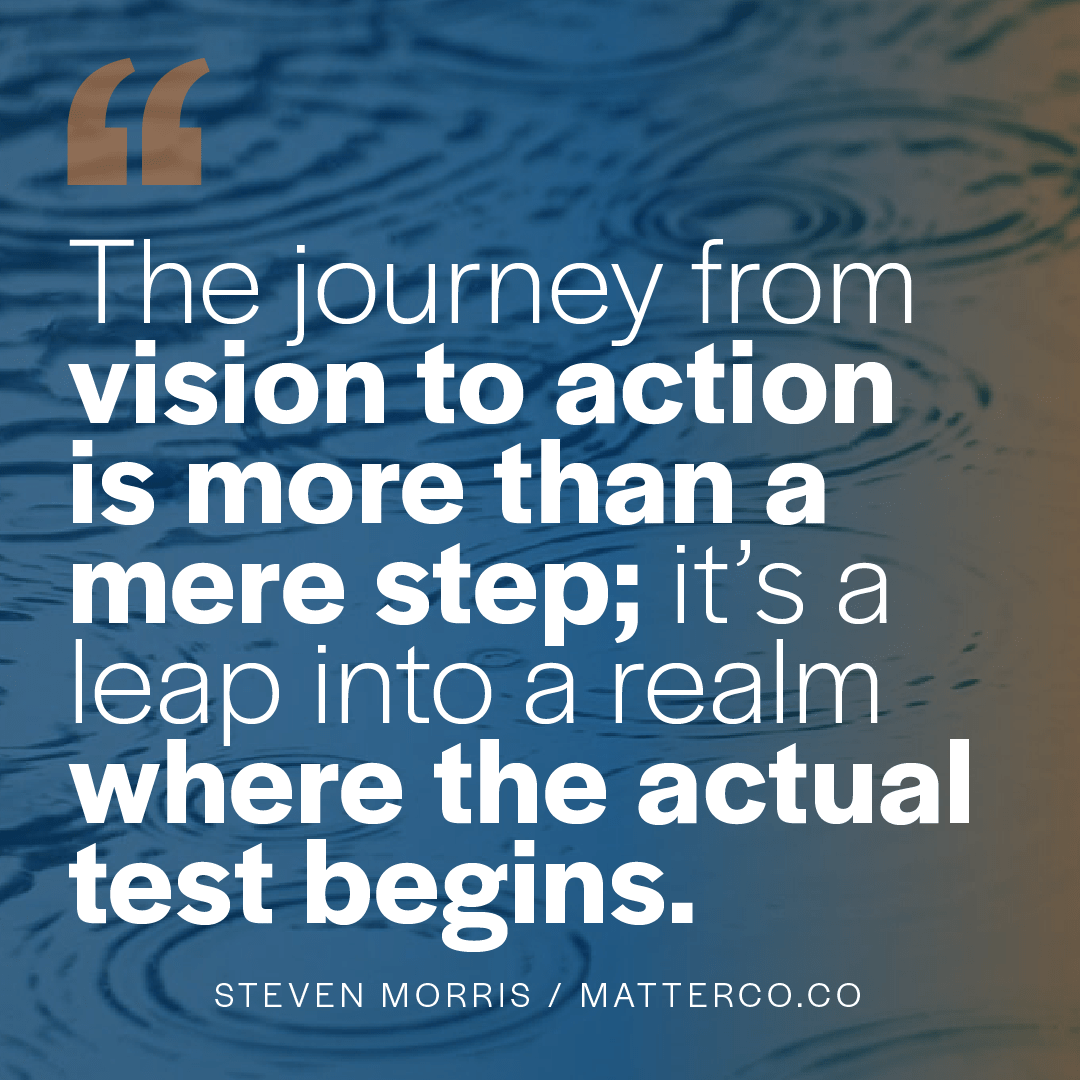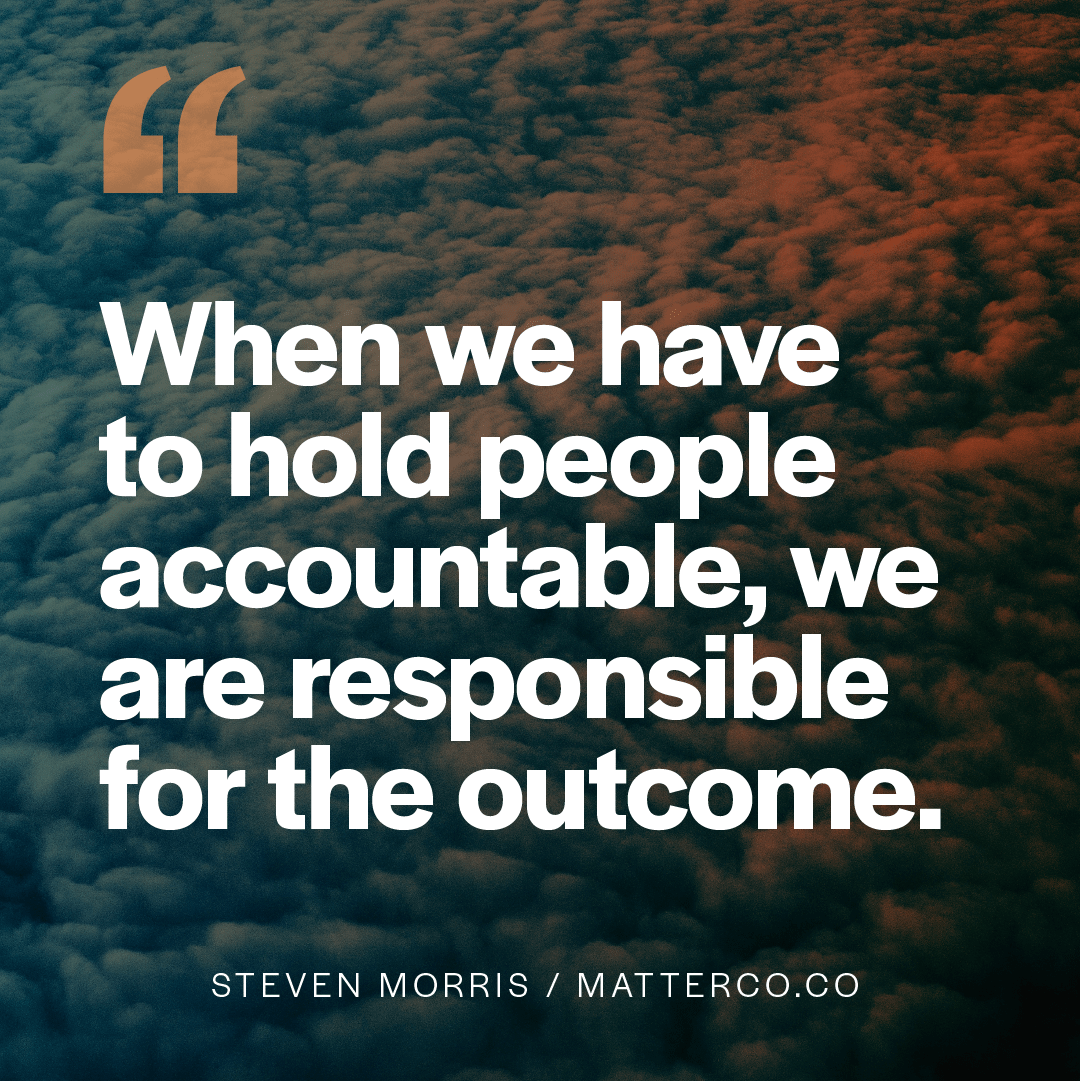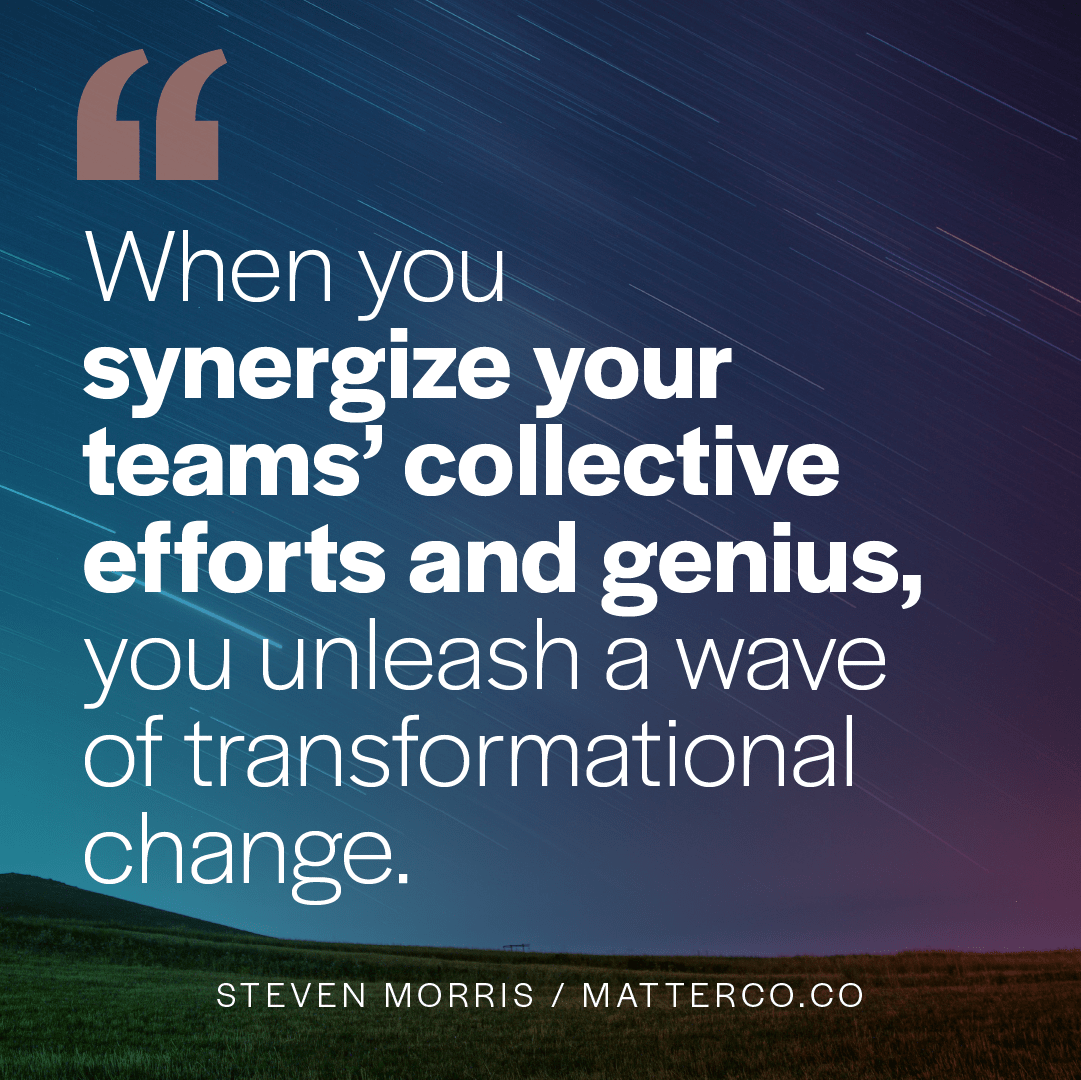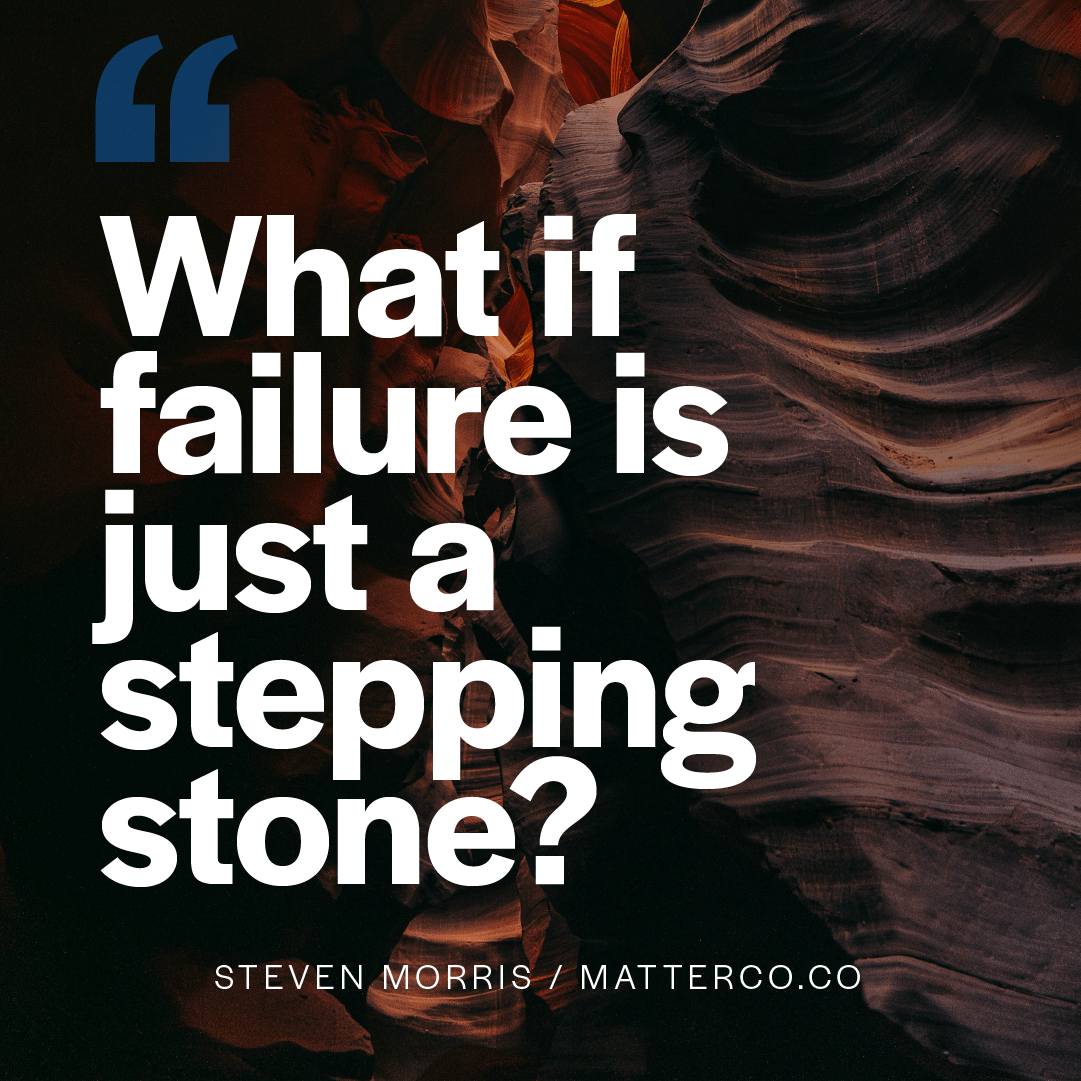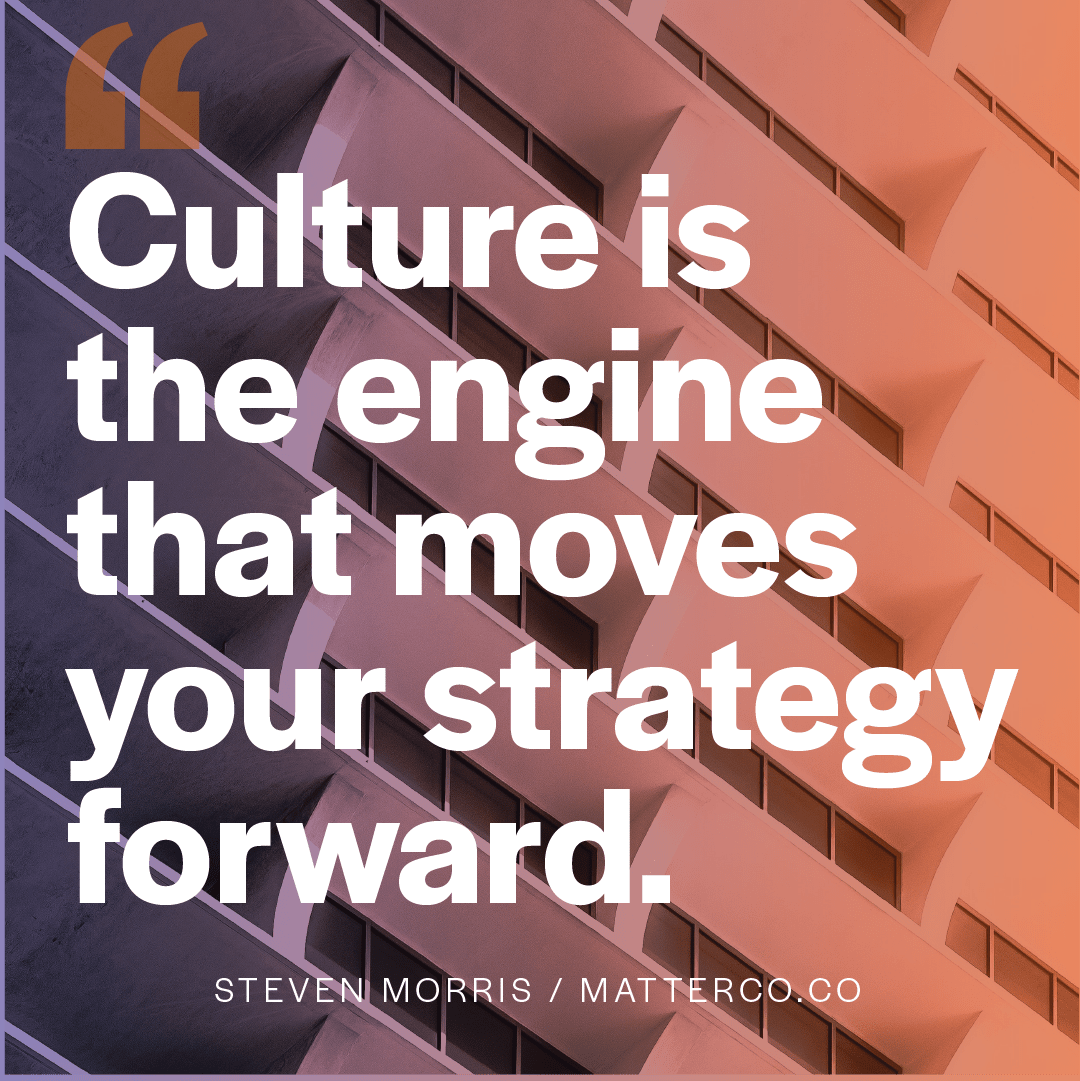
How To Get The Outcomes You Want
In its simplest terms a strategy says, “We’re going here. We’re creating this. Here’s why. And we’ll do it in this timeframe.”
Here’s how I see the difference between vision, goals, and strategies.
A goal is an outcome you want.
A strategy is a plan to realize that outcome.
A vision is how the world begins to look as you realize your purpose-oriented goals.
Most important is that all your activities (goals, strategy, and vision) ultimately work to serve and achieve your purpose.
A goal without a strategy is a dream.
A strategy without a vision is a to-do list.
A vision without a purpose lacks a meaningful reason for being.
Creating a clear and motivating strategy starts with your purpose and vision. Your business vision is like a movie trailer—a succinct and descriptive narrative—of what you envision your business becoming based on your purpose.
When you tell this vision through the lens of a story, you and your team can more clearly see what the future state of your business can be as you go about achieving your purpose. As you use this movie trailer metaphor, you can more clearly articulate the promised land your business is headed toward.
In much of my work as a brand and culture strategist, we’re bolting together the business strategy and goals with the brand and cultural elements that drive those goals.
Your brand is the bond that holds your business strategy together. Your culture is the engine that moves that strategy forward.
Here’s a graphic that will help with your strategic planning.
The top row of four circles lay the essentials for success in creating and realizing a strategy. When you align all four ingredients you stand the best chance for success. The rows below expose what happens when an ingredient is missing.

#1 Right Reason for Change
The reasons for change can come from many directions, but boil down to two: internally motivated or externally driven. These take the form of a clear and common vision and purpose. Without a clearly defined vision, purpose, and business case for making the change the reasons and direction will be unclear at best.
#2 Realistic Plan of Action
A goal without a realistic plan is a dream. Getting real about what we can achieve in what timeframe is essential to realizing that goal or vision. Having the right strategy includes knowing the realities you face and can realistically overcome. Stop dreaming and put a realistic work plan in place.
#3 Right Actions
Having the capacity to act includes the time, team, financial, and energetic resources to move forward. Knowing that you have the capacity will provide needed confidence to move forward toward your goals.
#4 Driving Desire
There are two types of change that happens: change that happens by you, and change that happens to you. Given the choice, I’ll bet you’d always choose the “by you” path. But, without a driving desire for change, you won’t embark upon it unless you have a good or great reason. This reason may come from a new vision, a new mission, or some other intrinsic motivation. Once you know your driving desires you have clear forward movement.
Business goals should be clearly stated: how your company will attract and retain the right customers and employees; how the people inside your organization will be affected by the work; how you’ll succeed in the marketplace; how you’ll manage and maximize the necessary resources; how you’ll create products and/or services; and what success looks like for your company.
Business goals are the lifeblood of the organization, and a clear strategy provides direction and vision. A good strategy is like a blueprint or map that’s easy to understand, clear enough to follow, and motivating for the team.
As the late, great New York Yankee philosopher Yogi Berra said, “You got to be very careful if you don’t know where you’re going, because you might not get there.”
A shout out to Justin Downs for suggesting this topic.
Three invitations for you:
- I love knowing you’re getting value from my insights and stories. So, I invite you to take a moment hit reply with a quick comment.
- I also love hearing how you’re using these ideas in your brands, cultures, and leadership teams — so please let me know.
- And, if there’s a topic that I haven’t written on that you’d like to hear my take on, feel free to share it.
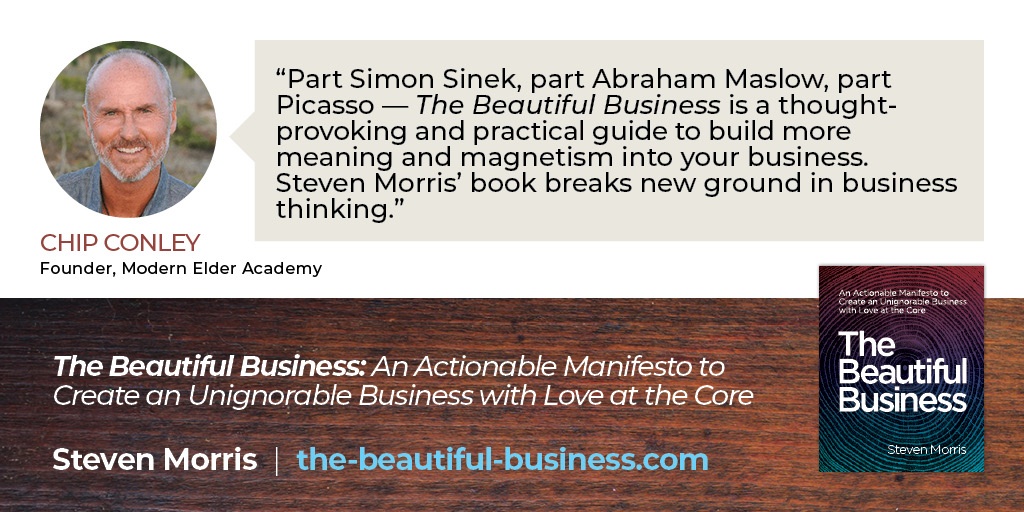
If you want a more trusting team, a culture of belonging or a magnetic brand that attracts more of the right customers, I can help. If you'd like to explore if working together makes sense, drop me a line.




